경기문화재단
When and where will we meet again!
Suwon_Changsun Koh, Seems Like Community (Wolsik Kim, Dongyeol Kwak, Youngkyun Park, Aram Lee), Wonjin Chun, Seungjin Ryu, Hyemin Yu
The area of 29-33 Changnyongmun-ro Ji-dong Paldal-gu Suwon. Walking up the street away from Sundae (note: Sundae is a Korean dish made generally generally by or cow or pig's that are stuffed with various ingredients.) town of Ji-dong market for five minutes, studios of artists stand closely together in the neighborhood. There is Dongnamgagru on the hill - left side of the alley and unfortunately houses under the hill has already been demolished by the the Cultural Heritage Protection Law. After having a glimpse of broken houses here and there, we can get to the artists’ studios. The title of the open studio which the five teams of artists – Changsun Koh, Seems Like Community, set is ‘When and where will we meet again!’. The old-fashioned title with an exclamation mark has diverse meanings. Let’s go over the meanings.

First of all, ‘we’. The five artists are schoolmates or the friends of the schoolmates. It has been several years since they came here. As you can guess from a huddle of studios that are located where a few steps from one studio take you to another, they call themselves ‘we’ who spend time having fun together. It is special enough by itself but ‘we’ in the title has a broader meaning; brothers, ladies, grandmothers and grandfathers, children in the neighborhood. The open studio held for two days and if you stayed for one day or even only for one hour, you would find that the neighbors say hello and stay at studios for a while when they passing by. On the first day, the Korean Ogol Chicken was escaped from the third floor of the chicken coop of a next-door brother and embarrassed about not finding where to go on the wires of a utility pole. While visitors felt sorry looked at the chicken, the artists said that the chicken escaped again. They know what is going on next door. Their ‘we’ is broad and special like this. (Fortunately, the chicken came down safely.)
‘When’. They are attached to each other for years but they should leave now. The five teams would like to move as they can. I was happy to hear that but ‘we’ is not such ‘we’. There is ‘we’ in the time piled up. The things that I saw first when visiting this village were chairs here and there in the alley. Artist Wonjin Chun warm-heartedly put the chairs hoping that the elder in the neighborhood take a rest when walking up the street. Somebody will be able to take them away in this day and age but the chairs in this alley stand there tacitly as our chairs and our rest area. When will the ‘when’ be when they leave this place which they love with all their heart. Now their neighbors may bring the fact to mind that young artists lived in this village as a good memory. Now we are waiting for the ‘when’ that no one knows when.
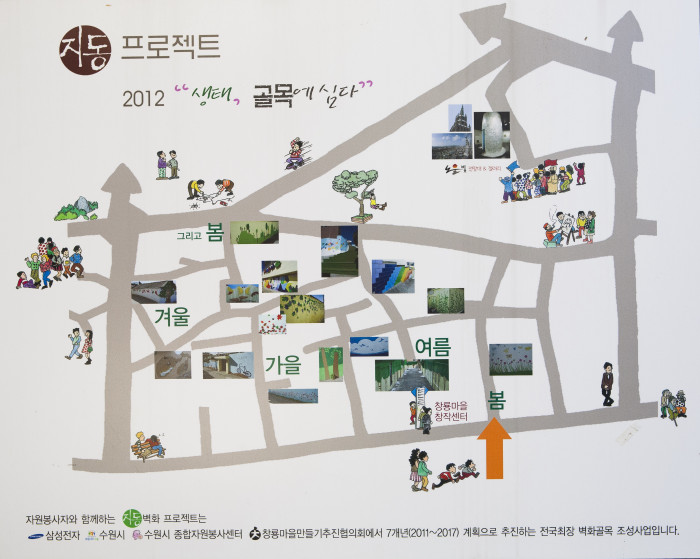
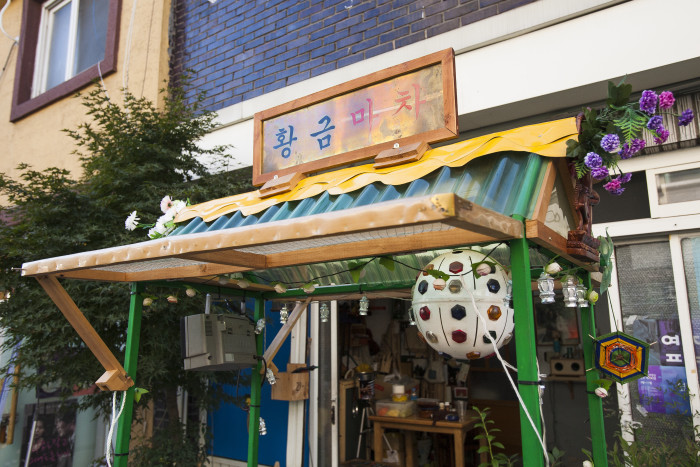
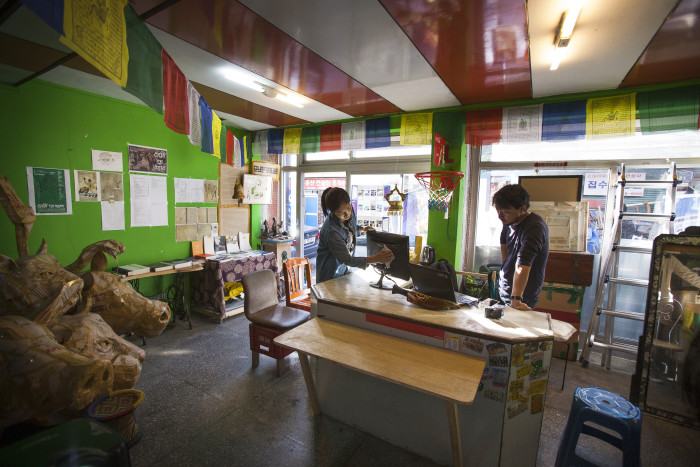
‘Where’. These five teams of artists are interested in the community arts to take into action even though not everyone is. Artist Changsun Koh who planned the open studio said it is not all of them but when I looked every aspect I cannot tell who are yes or no in a simple way. Seems Like Community and Wonjin Chun have a firm belief on the community arts and act based on their conviction. It is common in this Ji-dong artists’ alley for people of like minds to join in the projects. Instead of including or excluding like ‘in’ or ‘out’, the come-and-go in this alley seems like water or air. So do programs of the open studio. For artists, opening studio is more cumbersome than expected or more monotonous than cumbersome. That is to say, there are many artists who step back replacing the opportunities to meet artists with an exhibition, but these artists tries to meet their neighbors with their artworks in person. They provided noodles, Jajangmyeon and a dancing room as they could. There are not only artists and their fellow all by themselves, but ‘we’ are ‘here’ altogether.


‘Again’. This is a little bit difficult. We cannot do once again. The title cannot disguise their sadness. The sadness are revealed in Hyemin Yu’s ‘Disappearing Screen’ to melt the salts with which a screen was made. She showed the video on Ji-dong and the music video of open-studio participants produced on the spot. The open studio ended as the screen disappeared. A cliché, but ‘again’ is not here in the beloved studio of Ji-dong again, but again in the new space. In addition, ‘will meet.’ Using ‘will’ with ‘meet’ delivers a will of a speaker as well as a guess about things we cannot be sure of as of now. Two meanings are overlapped; their wish to meet again and the unforeseeable future. As we are reminded of the open studio – an amalgam of people, time & space and embracing of their iteration, it would be inevitable for us to unravel a projectory of the unanswered moments when we were together, and of deep thoughts about the puzzles.
Sometimes artists’ studios are dull. Sometimes the studios have only one computer, if the arts are not paintings or sculptures. When visiting for planning, I felt this alley was dull. Artists do not have to stay in the studio and they do not have to decorate and clean the studios all the time. I was worried if the studios were dull on the day of the open studio ‘When and where will we meet again!’ However, my worries proved to be unfounded. Above all, I have to tell this story. There are healthy people here. Arts and lives get along with adhesively bonded. People support and connect each other. Let’s start with these even if we can find more stories to tell.

I toured artists’ studios in Gyeonggi area from late summer to late autumn. I heard that there are not a lot of artists’ villages to be built explicitly. Can we say the artists five minutes away by car are neighborhood artists? These five teams of artists were different if the characteristic of most artists is isolation. Can they achieve ‘getting together’ only because they have been close to each other or they believe in community arts? It is claimed that the projects such as the Village Art Project and the Traditional Market Boosting Project done by the government were successful because the members in the area worked together for a long time. As a part of attempts to get together even though it is not clear what kinds of ideas were transfused by the philosophy of the community arts in every project. I was sometimes embarrassed about various projects which are pale though it is told that the projects were well planned and executed as a business to bear fruit.
Then is this alley healthy because every artist is healthy? It is hard to explain the energy here only with the healthiness of each artist. Visitors - students, artists in Asia-Pacific region who keep in touch with the Ji-dong artists and the neighbors – did not seem like an audience only on the day but like a splint the five teams of artists depend on in their lives. I felt it happens that they are supported by appropriate lumber and at the same time they get energy from their own original framework for right direction and decision. Furthermore, the five teams do not have just a arithmetic meaning but they are partners with the same interest and understandings sharing and supporting their works. The open studio held for a long time from afternoon to nights, and every time slot had its own focus and attracted attention of audience.
There was a rickshaw-looking installation which should be pulled by a bicycle in front of the studio of Seems Like Community, and it appeared at the last minute of the day. When Wonjin Chun himself pulled a bicycle and run over the short distance people applauded and shouted with joy, which – maybe I am stretching the meaning - seemed like a trace of an art in everyday lives. There are playing well with arts, eating well with arts and laughing well with arts in Ji-dong alley. The pathos the time of playing, eating, and laughing well might have originated from the fixed condition that they should leave soon. As a result, I felt complicated when the open studio was over. How do the five teams of artists feel when even one-day audience – even though he was active – feels complicated? Nevertheless, they did not seem to shout for ‘worthwhile’ more enthusiastically because it was the final day. I hope you live a healthy and connected life, supporting each other even though you move somewhere soon.
The animation when we saw in our childhood is kept in our memory, the sandcastle comes across our mind, and we sometimes recollect the picture we drew and feel proud especially when we got the prize for it even though it was not that good. We can say this is the usefulness of the uselessness arts have. We remember arts as a play to be absorbed in. It is obvious that the basic actions and the process of arts like drawing, creating and seeing have a great impact on our lives, and then if the arts are expanded into the realm of life? The energy filled in Ji-dong would change someone into a future artist or well-prepared audience with a good eye even if the artists move. Might this be enough? I would like to respond to ‘When and where will we meet again!’. ‘I will remember that then we met there.’
Written by Hyunju Kim (Creative Director/Art Critic)
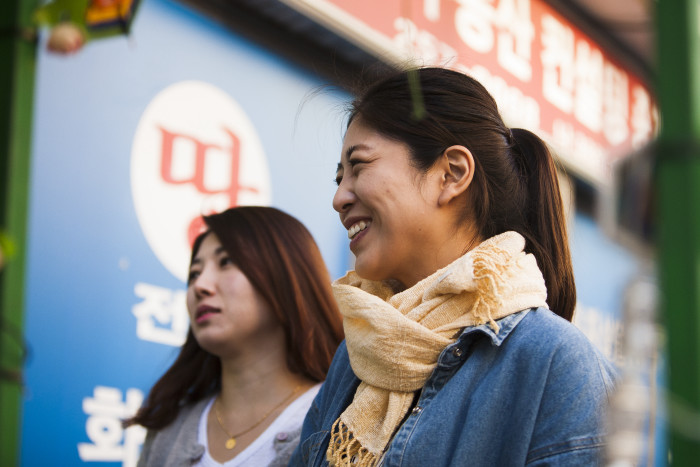
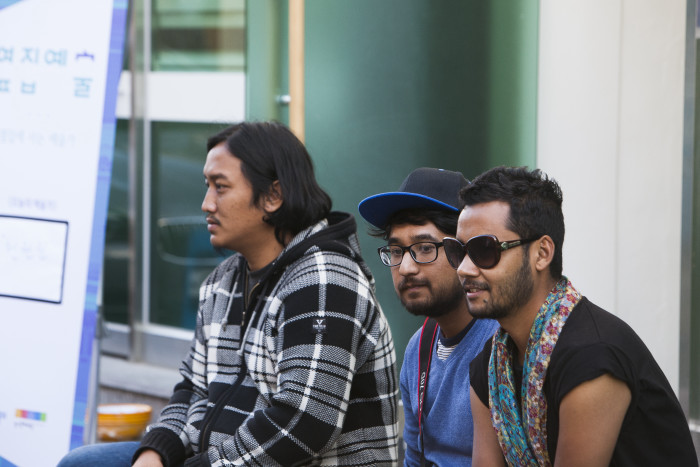
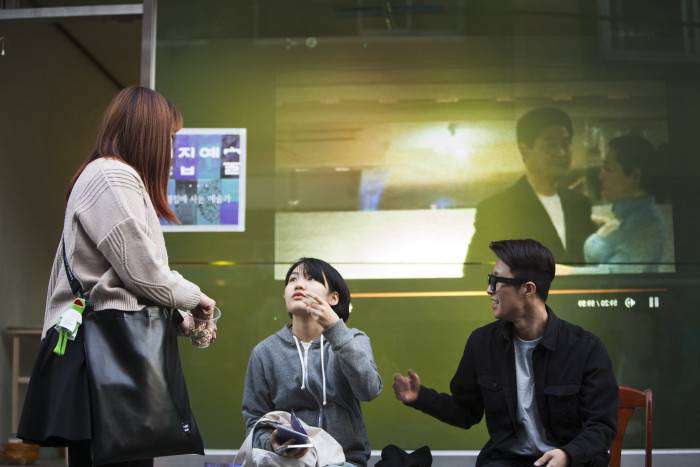
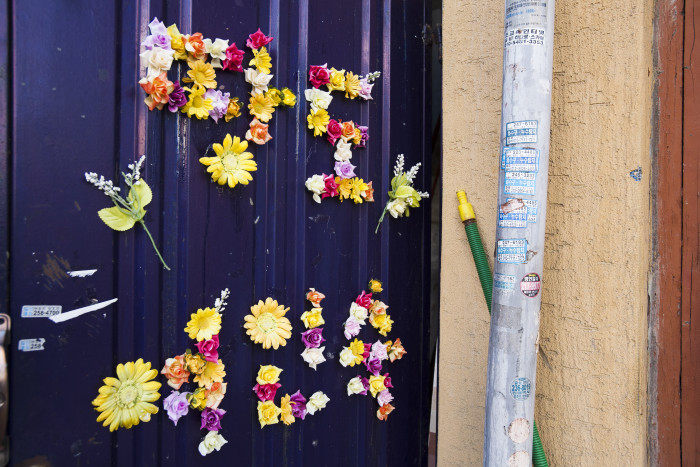
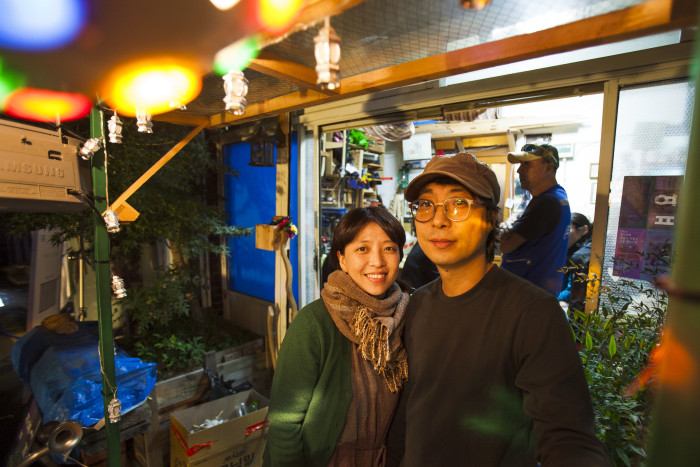

<ggc의 모든 콘텐츠는 저작권법의 보호를 받습니다.>
- 글쓴이
- 경기문화재단
- 자기소개